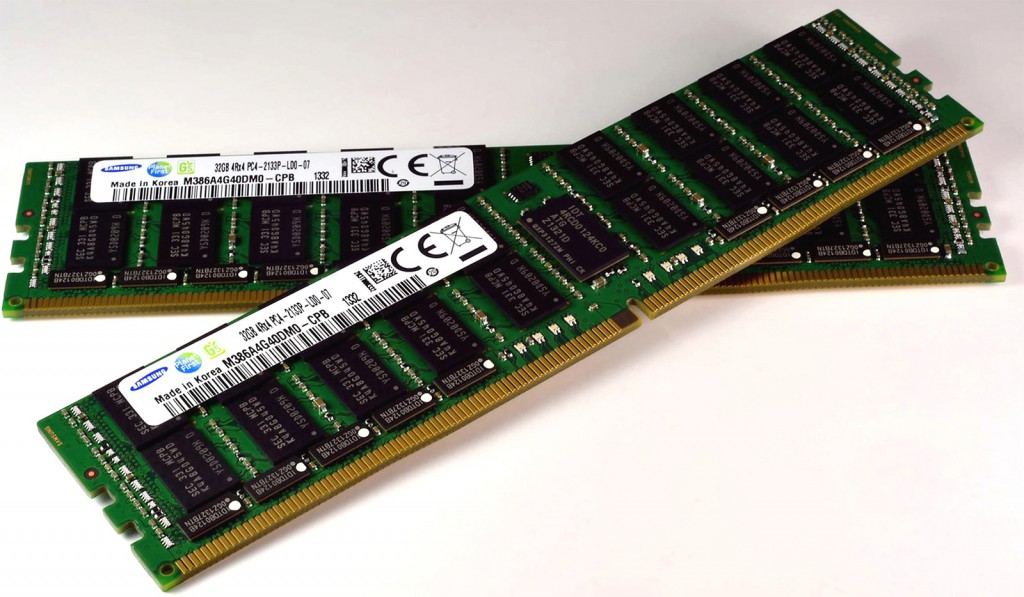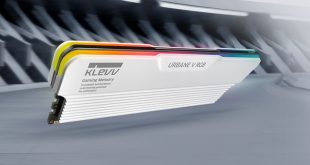Samsung Electronics, the world’s No. 1 maker of DRAM, may further improve its market share by boosting output of memory produced using leading-edge manufacturing process, according to industry analysts. The company is reportedly increasing production of dynamic random access memory using 25nm process technology, which is a threat to Micron Technology and SK Hynix.
Although 25nm manufacturing process is not the newest one, it remains the most advanced volume node for DRAM production in the industry. SK Hynix’s technology transition plans were interrupted by a fire in its Chinese plants last year, hence, the company continues to rely on 29nm manufacturing process. Micron Technology also builds the majority of its DRAM output using 30nm fabrication technology. Only recently Micron’s fab in Hiroshima, Japan, began to make LPDDR2/LPDDR3 memory for mobile devices using 25nm process technology, reports DigiTimes web-site.
In general, the thinner manufacturing technology is, the cheaper is production. A memory chip made using 25nm manufacturing tech will almost always cost less than a DRAM IC produced using 30nm process technology.
Samsung already has a lead over its rivals with 25nm fabrication process, hence, proactive ramp up of manufacturing means that the company is trying to gain market share and will use its price advantage over competitors to sell more memory.
Theoretically, in case Samsung truly intends to win a significant chunk of the market from its competitors, its actions may provoke a new price-war on the market of DRAM. Prices of computer memory are traditionally down in the first quarter after the Chinese New Year because of low demand. Therefore, in case Samsung boosts production of DRAM using 25nm process tech, but does not ramp down manufacturing using older nodes, then shortly the company will have excessive amount of computer memory inventory, which it will be able to sell at lower prices than competitors without losing money.
Samsung did not comment on the news-story.
KitGuru Says: Increasing production of memory using leading-edge process technology is a natural thing since this allows Samsung to cut its production costs. Naturally, this allows the firm to sell DRAM at lower prices than the others. The question is whether the company will actually try to improve its market share by offering discounts. In the past this led to price-wars and a complete mess on the market when manufacturers had to sell DRAM below production cost. On the other hand, such situation is good for customers, right?
 KitGuru KitGuru.net – Tech News | Hardware News | Hardware Reviews | IOS | Mobile | Gaming | Graphics Cards
KitGuru KitGuru.net – Tech News | Hardware News | Hardware Reviews | IOS | Mobile | Gaming | Graphics Cards



